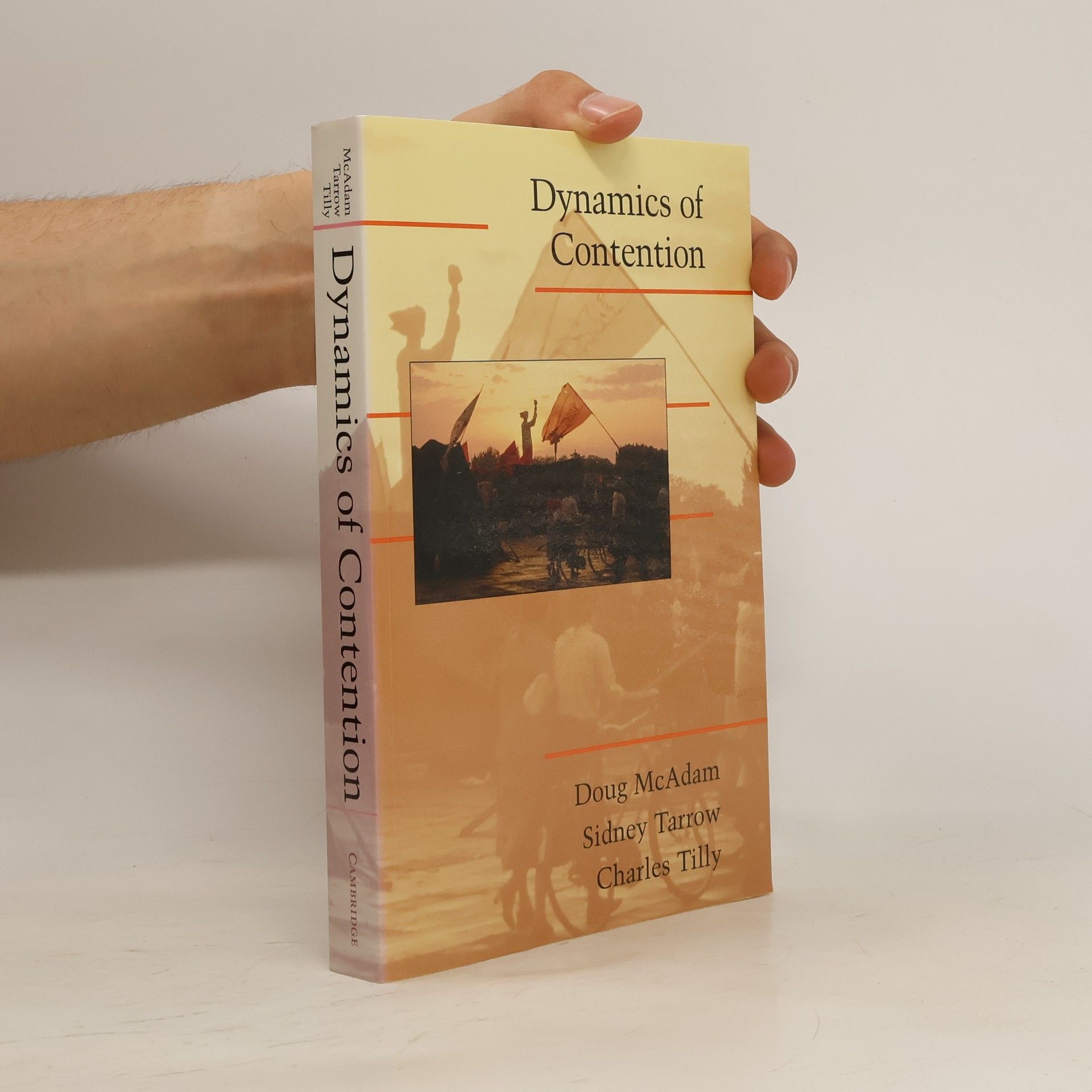Dynamics of Contention
- 412 páginas
- 15 horas de lectura
The book explores the significant growth in the study of social movements, revolutions, and democratization over the last twenty years. It delves into the key theories, methodologies, and case studies that have emerged in this field, highlighting how these phenomena shape societies and influence political change. By examining various movements and their impact on democracy, the author provides insights into the dynamics of collective action and the quest for social justice.
